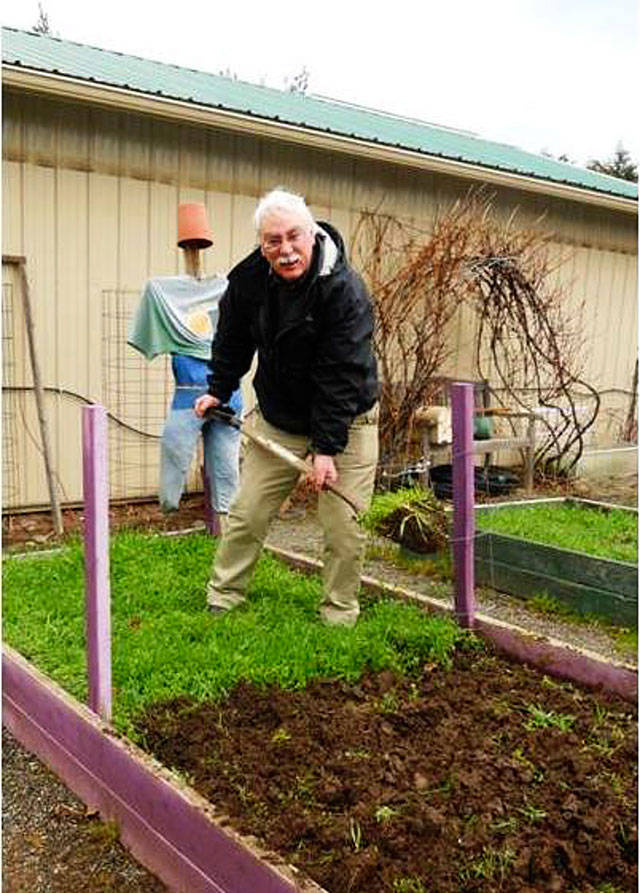by Bob Cain
Cover crops, or “green manures,” can fulfill a range of tasks in the your garden and non-garden areas. All cover crops fulfill the same basic requirements of supplying organic matter, nitrogen and other key nutrients back to the soil to replenish its fertility for the next growing season.
A soil test can help you decide what kind of cover crop to use.
Winter cover crops generally are sown at the end of summer or in early fall on cleared ground which previously may have been used. Labor Day is a good choice for a last sowing date.
This gives the seed 8-10 weeks of growth to become established and accumulate nutrients before frost arrives. Summer cover crops are sown in the spring and cut and dug in before flowering.
Cover crops come in two forms — single species or mixtures of several different ones.
Vetch, beans, clover, peas and the like are used to deliver nitrogen. Other plants such as grains and grasses (rye, oats, winter wheat) are used to deliver bulk organic matter. Common mixes used locally include perennial rye grass and vetch to provide a balance of organic matter and nitrogen.
Broadcast sowing is the best method for applying seed. Cover seeds with a thin layer of soil or compost, to discourage birds during germinating, and then thoroughly wet the area. For most purposes, a 4-foot by 12-foot raised bed will need one to two pounds of seed, depending on which seed or mixture is used.
Unlike the spring-sown summer cover crops which may be allowed to reach maturity to attract pollinating insects, winter cover crops will never have a chance to reach maturity and flower. This means that summer cover crops such as buckwheat or phacelia generally are not used in winter conditions.
Growth of winter cover crops will slow as temperatures decline. In most cases, the crop should be cut when calf high before incorporating it into the soil prior to the next planting season as is the case for summer crops. Alternatively, the crop can be tilled directly into the soil in spring.
While decomposition will be relatively slow, all the nutrients and organic matter will be available for spring vegetable planting.
It is important to bury the cover crop well to kill off the roots and prevent it from growing in spring. If you use a small tiller to incorporate the cover crops, be aware that some cover crops can clog the tines.
As well as adding organic matter and essential nutrients, covers crops can help in soil conditioning, weed control, erosion control and protect water quality by reducing the amount of supplemental nitrogen you apply to your garden.
No single cover crop can provide all these effects. Certain cover crops also attract pollinators.
When properly executed, winter cover crops can become an economically and environmentally attractive alternative to conventional fertilizers, so give it a try!


